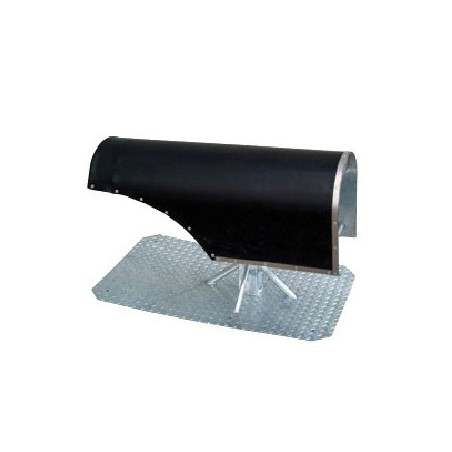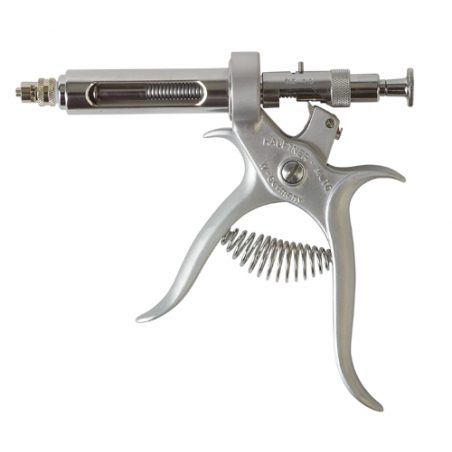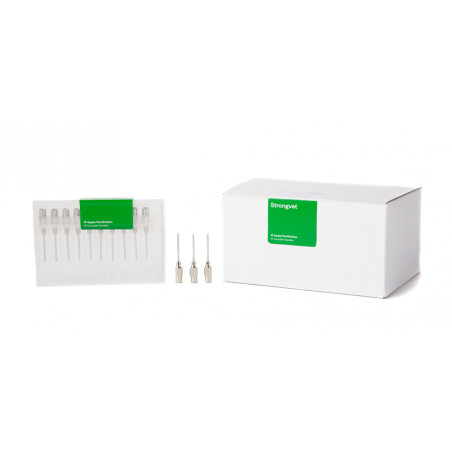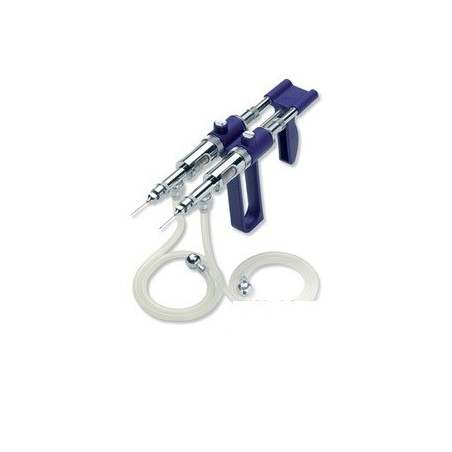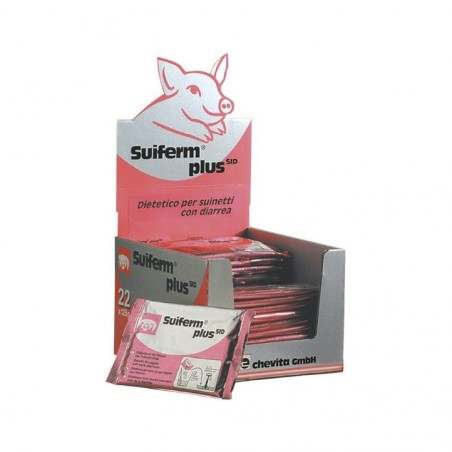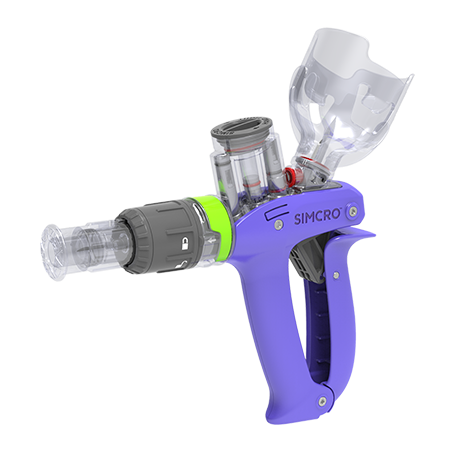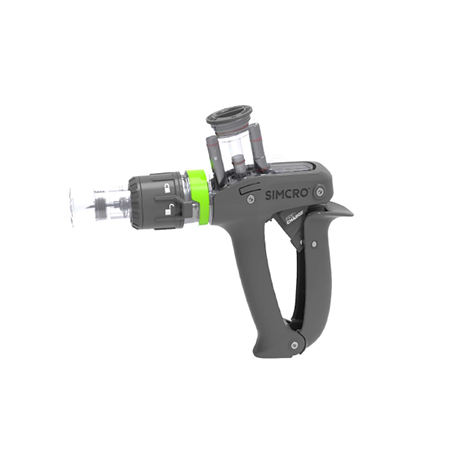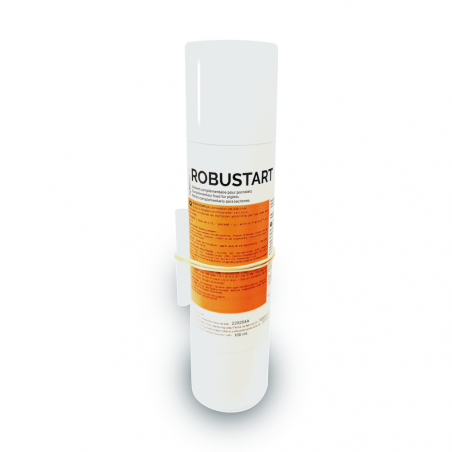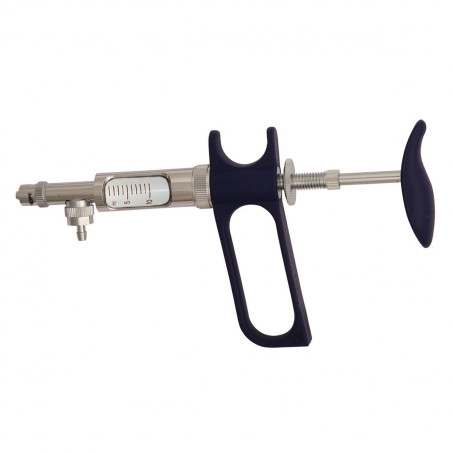Vaccines for the livestock industry
Vaccines are used to prevent the spread diseases caused by microorganisms. Successful vaccines prevent disease within individuals and they also prevent transmission of bacteria and viruses within a herd. With reduced bacterial transmission through reduced shedding, there is less need for antibiotics and less chance of bacteria becoming resistant to antibiotics. Vaccines are an important alternative to antibiotics, and they are imperative to keep the pigs healthy and the barn profitable
Routes of immunization
Vaccines are traditionally injected into the muscle but when dealing with livestock, the intramuscular approach can be labor-intensive for the animal workers, stressful for the animals, and may pose a safety risk due to broken needles and accidental needle sticks. Alternative vaccination strategies that can be easily adapted to mass vaccination programs such as oral vaccines in water or feed are needed. However, it is difficult to track how much vaccine each animal in a pen receives when delivered in feed or water.

Alternative vaccine strategy (Intrauterine)
For an effective vaccination strategy to be used by the swine industry, vaccines need to be protective against the disease, but they must also be easy to administer and incorporated with the current husbandry practices. Our team, led by Dr. Heather Wilson, is currently looking for ways to incorporate vaccines with the breeding program of sows/gilts. Artificial insemination (AI) is a normal part of the husbandry of pigs in over 90% of the industry, which makes the uterus readily accessible for vaccination. When gilts/sows come into estrus/heat, they undergo a lordosis response (standing reflex) which means that they stand rigid for a short period of time making them safe for vaccine administration. We are testing whether vaccines administered directly into the semen bag at breeding can lead to an effective immune response without impacting semen function or fertility.
Development of intrauterine vaccine
Our team has conducted several experiments using breeding sows. In one of the initial experiments, we took sows that had already received an intramuscular commercial porcine parvovirus (PPV) vaccine in the prior pregnancy cycle. We then administered a PPV vaccine into the semen bag immediately prior to standard AI. Sows that received the intrauterine vaccine showed a boost in the antibodies in their blood indicating that the uterus could be a potential vaccination site (Hamonic et. al 2020).
In subsequent experiments, gilts received a vaccine against porcine epidemic diarrhea virus (PEDV) in the semen as a primary vaccine dose (they had never been vaccinated or exposed to PEDV). We gave the intrauterine vaccination at 3 different estrus cycles (at 2nd and 3rd estrus the gilts received doses of heat killed semen + vaccine. At 4th estrus they received normal semen dose + vaccine; the vaccine was added only in the first semen dose of every cycle). The intrauterine-vaccinated gilts had significantly elevated antibodies against PEDV in their serum, uterine tissue, and colostrum. Further, the number of piglets born, their weights at birth, and growth kinetics over several weeks were comparable to those of piglets born to control gilts. These initial results suggest that intrauterine immunization may not affect fertility, piglet health or growth kinetics, all of which are critical milestones for developing this novel route of immunization. When challenged with PEDV, we observed that piglets born to intrauterine-vaccinated gilts showed some passive protection from PEDV infection from their mothers but that the neutralizing antibody titres in the colostrum was not high enough to fully protect them against the disease. We also investigated administering the vaccine without semen to gilts at their first standing estrus. Although this approach showed that the route was still effective, we do not feel that it will be readily adopted as it will require more work at the barn (Choudhary et. al 2021). Administering the vaccine with semen during breeding will be much more attractive to producers.
To further improve the vaccine efficacy and to maximize passive protection, we are improving the vaccine formulation using nanoparticles that encapsulate the vaccine antigen and adjuvants together . This approach allows us to put stronger adjuvants into the nanoparticle to enhance the immune response without having any negative impact on semen. We are using PLGA (Poly (lactic-co-glycolic acid) nanoparticles because they are one of the most effective biodegradable nanoparticles and the US FDA approves them in drug delivery systems.
Proposed mechanism of vaccine uptake in the uterus
It is unclear how the uterus acts as an immune induction site because there are no obvious specialized immune organs )such as Peyer's patches which are present in the intestine). However, there is a natural increase in immune cells from blood to the uterus at estrus and after AI with semen. These immune cells get rid of any debris and dead sperm. Intrauterine vaccination can take advantage of this natural immune response. We are investigating whether the immune cells remain in the uterus to generate an immune response or whether these immune cells or the vaccine migrate to the draining lymph nodes.
Determining how the uterus acts as a vaccination site may allow us to improve our vaccines.
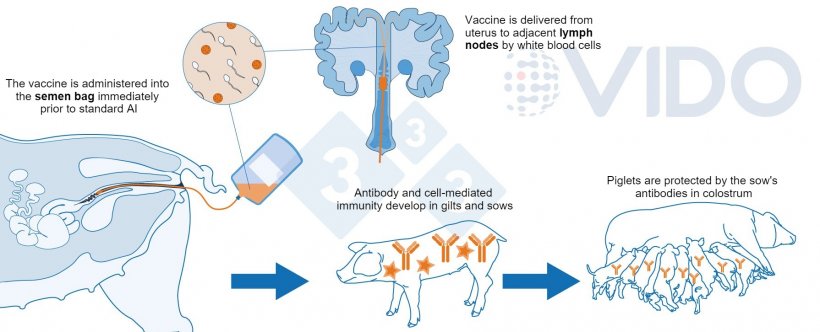
Our team shows that the intrauterine vaccination is novel, it appears to be safe and animal friendly and can be easily incorporated into current animal husbandry practices. Our future experiments involve determining whether intrauterine immunization can protect against critical reproductive diseases such as PRRS virus in adult sows and gilts and as well as protect the suckling piglets against important neonatal diseases due to rotavirus, Escherichia coli, Streptococcus suis, etc., via passive immunity through colostrum.






